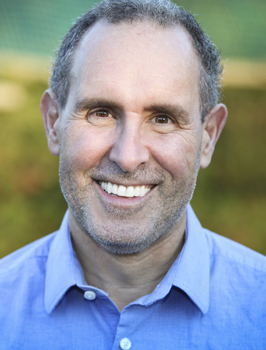 Obstructive Sleep Apnea affects as much as 10% of the American population. If you suffer from chronic snoring or severe daytime exhaustion, you might be another victim of OSA.
Obstructive Sleep Apnea affects as much as 10% of the American population. If you suffer from chronic snoring or severe daytime exhaustion, you might be another victim of OSA.
It All Starts in the Airway
During the day, breathing comes naturally. But after falling asleep, those with OSA struggle to keep their airways open. This can happen for a number of reasons, including jaw misalignment, nose shape, or simply the pull of gravity. Whatever the cause, breathing becomes severely restricted. This restricted breathing may even cause heavy, chronic snoring.
Catching Breath
Because these airways are already constricted, regular breathing can often pull them shut altogether. Those with OSA stop breathing up to hundreds of times in a single night. The body’s only recourse is to wake up. This restarts breathing, but it also interrupts any ability to finish a sleep cycle.
In fact, it has been noted that a large number of those with OSA are particularly affected during the REM (Rapid Eye Movement) phase of the sleep cycle, due to especially relaxed muscle tone. After waking up, most people fall asleep again almost immediately, with no memory of having been jolted awake. This gives the illusion of a full night’s sleep without its beneficial effects.
 Why This Matters
Why This Matters
Deep sleep is critical. Without it, we can begin to experience consequences such as daytime sleepiness, diminished performance at work, falling asleep at the wheel, mood swings, anxiety, and depression.
Low levels of oxygen can also severely affect long-term health. Those who suffer from OSA run much higher risks of stroke and heart disease, as well as a number of other serious health issues.
Fortunately, diagnosis and treatment for this condition is very straightforward. Give us a call here at Sleep Easy CNY to schedule a free consultation. Our professionals will take care of you every step of the way, to help you reach maximum health.